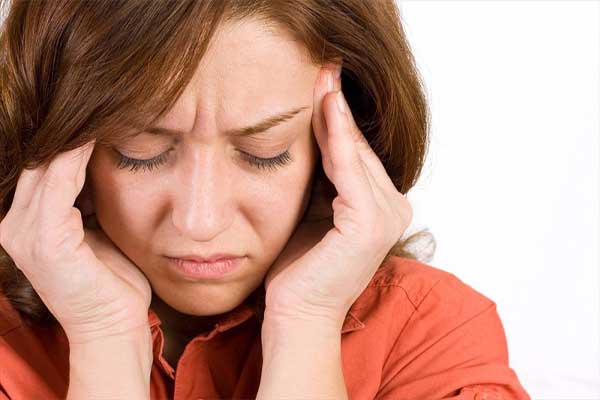
Storke
Causes:
High blood pressure: Uncontrolled hypertension is the most significant risk factor for stroke.
Smoking: Tobacco use increases the risk of blood clots and damages blood vessels, increasing the likelihood of a stroke.
Diabetes: People with diabetes are at a higher risk of developing stroke due to potential damage to blood vessels.
High cholesterol levels: Elevated cholesterol levels contribute to the formation of plaques in blood vessels, increasing the risk of stroke.
Atrial fibrillation: Irregular heart rhythms can cause blood clots, which can travel to the brain and cause a stroke.
Age and gender: The risk of stroke increases with age, and men are more likely to experience strokes than women.
Family history: A family history of stroke or certain genetic disorders may increase the likelihood of stroke.
Symptoms:
- Sudden numbness or weakness, often on one side of the face, arm, or leg.
- Trouble speaking or understanding speech.
- Severe headache with no known cause.
- Difficulty walking, dizziness, or loss of balance.
- Blurred vision or sudden loss of vision in one or both eyes.
